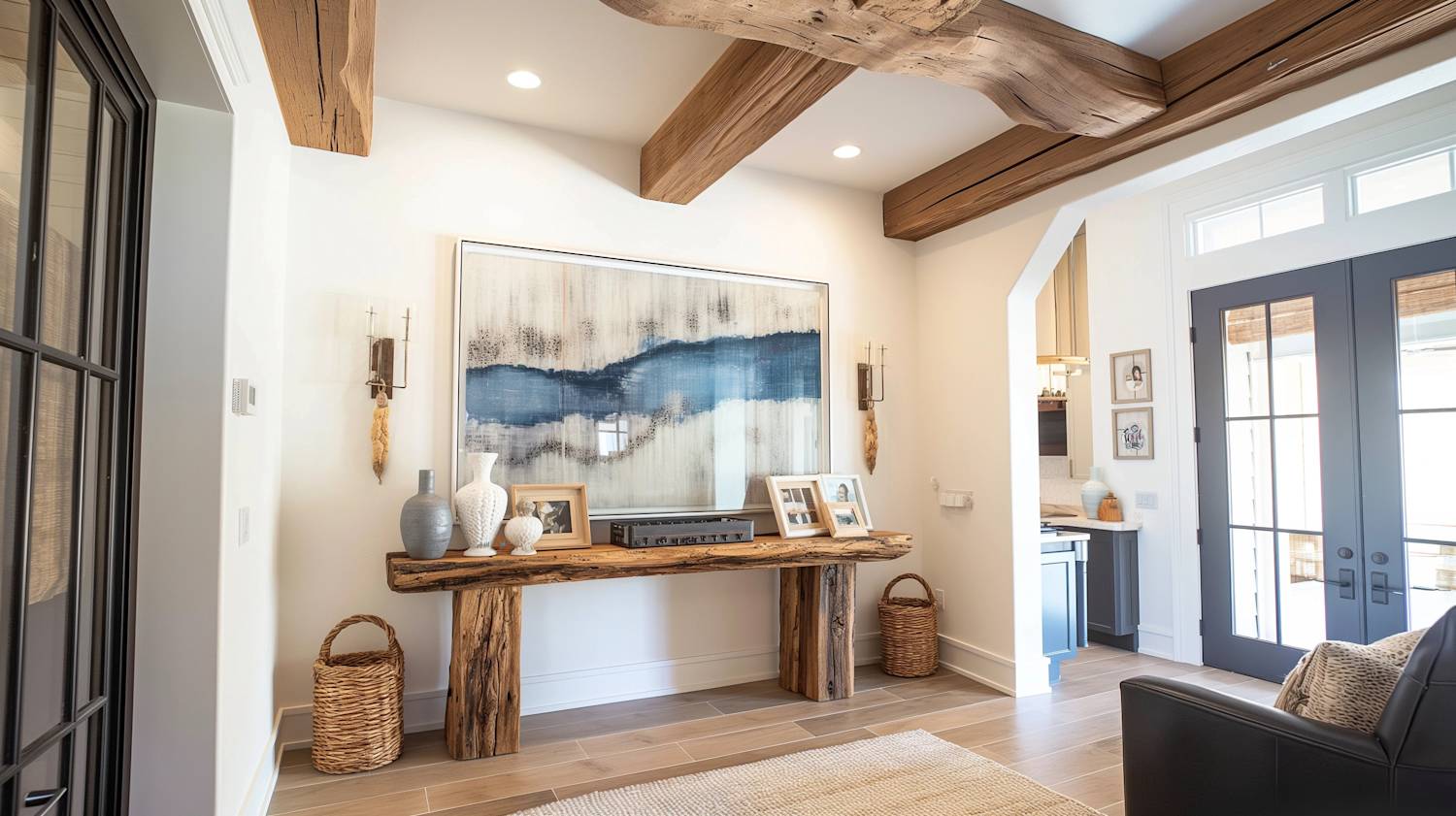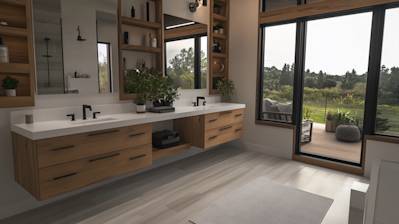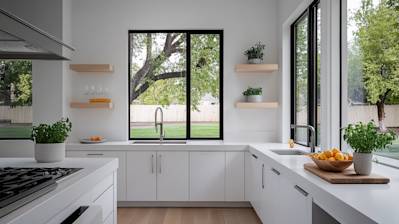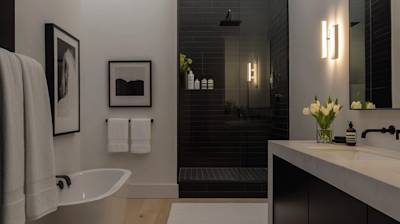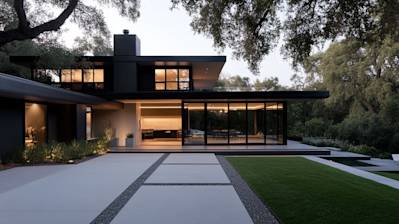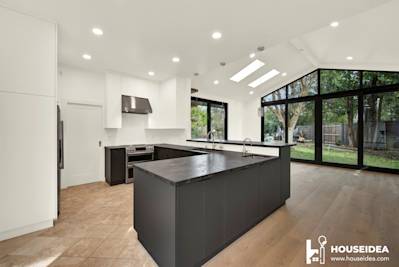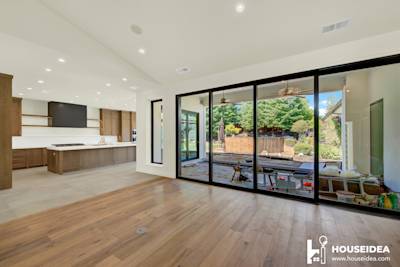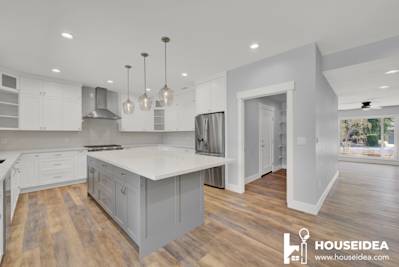The box beam is a highly versatile construction material that finds widespread use in various infrastructural projects. Built to be highly strong and durable, box beams provide integrity and stability to structures, making them an integral part of modern construction processes. This article delves into the significance of the box beam, its construction, applications, and why it plays such a fundamentally important role in structural engineering.
The Delve into the Design: Understanding Box Beams
A box beam, as the name indicates, has a square or rectangular cross-section and is hollow inside. The design of a box beam provides strength and rigidity, making it an ideal choice for significant structural elements and critical load-bearing applications. For further understanding, let's look at some key features of a box beam.
Materials Used
Box beam construction involves various materials, depending on the structure's necessity. The main materials used in its making include steel, concrete, and wood. Steel box beams are favored for their high strength and corrosion resistance, while wood box beams add aesthetic value to architectural design. Concrete box beams, in contrast, offer enormous weight capacity and durability, making them apt for substantial infrastructural projects.
Box Beam Construction: A Brief Overview
The process of box beam construction varies based on the actual size of the beam and the material used. Despite the variation, the aim is to produce a finished product that exhibits high tensile strength and is highly resistant to external forces and environmental conditions.
Steel Box Beam Construction
In steel box beams construction, steel plates are welded together to form a hollow section. This construction technique provides more resistance against torsion and shear forces, enhancing the structural integrity of steel box beams.
Wood Box Beam Construction
Wood box beams are a popular choice in residential construction for their rustic, aesthetic appeal. In this method, pieces of wood are glued and screwed together to create a lighter, yet strong beam.
The Power of Box Beams: Applications
Box beams have versatile real-world applications, owing to their high load capacity, durability, and resistance. A few notable instances are:
- Used as critical structural elements in buildings
- Provides support and rigidity in bridges
- Used in tower construction
- Used in shipbuilding for their resistance against bending
The Importance of Box Beams for Structural Integrity
Box beams significantly contribute to the structural integrity of a building. Owing to the properties of the materials used in its construction and its geometric design, box beams efficiently distribute the load and provide rigidity to the structure mitigating potential structural failure.
Strength and Rigidity
The hollow design of box beams reduces their susceptibility to twisting or warping. Additionally, box beams have a high moment of inertia that enhances their ability to resist bending and flexing, adding to the structure's overall strength and rigidity.
Resistance Against External Forces
Box beams offer significant resistance against compressive, tensile, and shear forces. This is due to their ability to distribute loads efficiently across their cross-sectional area, thereby reducing the impact of these forces on the overall structure.
The Influence of Box Beams in Modern Architecture
Box beams have been an integral component in shaping modern architecture. With their high strength and ability to resist deformation, coupled with their aesthetic appeal, box beams are increasingly becoming an architect's goto choice. Whether it's the construction of skyscrapers, stadiums, or bridges, box beams bring both aesthetics and strength to the table.
The Future of Box Beams
Box beams, with their range of benefits, are expected to continue influencing construction and architectural designs in upcoming years. With advancements in materials technology and construction techniques, we can anticipate more efficient and more robust box beams that will push the boundaries of what is architecturally feasible while enhancing the safety and stability of structures.
Frequently Asked Questions About Box Beam
What is the composition of a box beam?
A box beam is primarily constructed using four individual pieces of material, usually timber or steel. These pieces are arranged and connected in a square or rectangular configuration to form a 'box' structure. The corners are typically welded (for steel) or screwed together (for timber) to establish a robust and resilient beam.
How is a box beam used in construction?
Box beams are commonly used in various areas of construction due to their durable and rigid nature. They are typically used in structures that require high-load capacities, such as large-scale buildings, bridges, and load-bearing walls. The 'box' design provides structural stability and makes the beam resistant to bending and warping.
What is the difference between a box beam and an I-beam?
The primary difference between a box beam and an I-beam lies in their shape and structure. While a box beam has a square or rectangular hollow configuration, an I-beam has an 'I' or 'H' shape. This design difference affects their load-bearing capabilities. While box beams can withstand loads from all directions, I-beams primarily bear loads from the top and bottom.
What are box beam bridges?
Box beam bridges are a common type of beam bridge design where box beams are used for the main supporting structures. They offer a cost-effective solution and can span reasonable distances. These bridges are incredibly robust and durable due to the properties of box beams.
What is a concrete box beam?
A concrete box beam is a variation of the standard box beam, where concrete is used as the main material. It's often strengthened with steel rods or rebar within. They are predominantly used in civil engineering, like in bridge decks and other significant infrastructures due to their exceptional load-bearing capabilities & durability.
How is a box beam made?
The production of a box beam involves several stages. It starts with preparing the individual planks, which are cut according to the desired dimensions. The pieces are then placed perpendicular to one another and attached, usually by welding or screwing. For concrete beams, the concrete and steel reinforcement whether in the form of rebar or wire mesh, are placed in a cast and allowed to set to form the desired shape.
Is a box beam suitable for all types of construction?
While box beams are incredibly versatile, they may not be suitable for all types of construction. The suitability largely depends on the specific requirements and design considerations of a project. For instance, in projects where weight is a significant concern, a lighter material or beam design may prove more appropriate.
What is the weight capacity of a box beam?
The weight capacity of a box beam depends on several factors, including the material used, the size of the beam, and the overall design of the structure. However, given their robust structure, box beams generally have a high weight capacity and can support substantial loads.
What materials can be used to construct a box beam?
Box beams can be constructed from several materials based on specific requirements and uses. Some common materials include timber, steel, and concrete. Each material provides varying characteristics that influence the strength, weight, and durability of the resulting beam.
Are box beams used in residential structures?
Yes, box beams are often used in residential structures. They're extensively used in ceilings to not only provide structural support but also add an aesthetically pleasing architectural element. Moreover, they can be found in basements and attic spaces where robust support is needed.
Pros of Box Beams
Strength and Durability
-
High Load-Bearing Capacity: Box beams are designed to carry heavy loads. Their hollow structure allows materials to be dispersed evenly across the beam, increasing their load-bearing capacity. This makes them ideal for support structures in any type of building or construction work.
-
Longevity: Due to their robust construction, box beams can last for many years without showing signs of deterioration. They are less prone to wear and tear and are resistant to harsh environmental conditions.
Ease of Installation
-
Simpler Installation Process: Box beams are often easier to install than other types of beams due to their lightweight and manageable sizes. This ease of installation can lead to cost savings in labor and time.
Versatility
-
Adaptable Design: Box beams can be produced in various sizes and dimensions to fit any architecture design. It is possible to have box beams custom-made for specific projects, adding to their versatility.
Cons of Box Beams
Cost
-
Initial Expense: The cost of purchasing box beams can be steep compared to other types of structural beams. Also, the requirement of specialized knowledge for installation can increase the overall expenditure.
-
Maintenance Costs: While box beams are generally low-maintenance, they may need periodic inspections and treatments to prevent moisture damage or corrosion, especially when used in certain environments. This can increase the long-term maintenance costs.
Limited Material Choices
-
Material limitations: Box beams are usually made from steel or wood. Complementing these with other materials could be challenging because not all materials are suitable for the box beam's connection techniques.
Potential Vulnerability to Certain Conditions
-
Sensitivity to Humidity: Wooden box beam structures may be sensitive to high humidity levels. Moisture can cause wood to warp, which might change the properties and strength of the beam.
-
Corrosion: Metal box beams such as those made from steel can be susceptible to rust and corrosion, especially if they are not properly treated or maintained.
While box beams have many advantages, their relevance and usability depend largely on the specific requirements of the construction project. Adequate understanding of their strengths and shortcomings can go a long way in making informed decisions about their use.
Summary
Box beam is an essential asset in many construction projects. It brings a lot of enthusiasm among engineers due to its unique properties. Box beam offers better stability and it keeps structures stiff. This means buildings, bridges or any establishment made with box beam are typically stronger and safer.
Another aspect that makes box beam standout is its versatility. It can be used in different spaces and cater to various needs effectively. With the adaptability of a box beam, it promotes creativity in design while ensuring the resilience of a structure. It doesn't compromise the aesthetic appeal while offering sturdiness.
Overall, box beam is a great option for durability and design, saving the builder not only time but also cost in the construction process. Still, the choice of using box beam should depend on the specific requirements of a construction project. However, considering its efficiency, box beam definitely makes a compelling case for itself.
About HouseIdea
Welcome to HouseIdea, your ultimate resource for innovative, inspiring, and on-trend home designs. Based in the beautiful city of Sacramento, CA, we are passionate about bringing your dream home to life. Whether you're planning to renovate, remodel, or build from scratch, our skilled team is ready and eager to assist. Our philosophy is that everyone deserves a beautiful home, and we endeavor to offer quality, variety, and style in all our designs. With HouseIdea, your imagination is the only limit. Give us a call and start your home transformation journey today!
Tags: Box Beams, Interior Design, Home Improvement,


